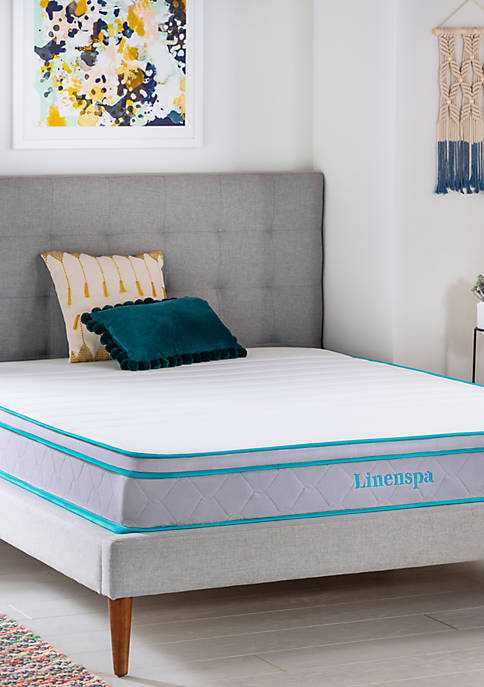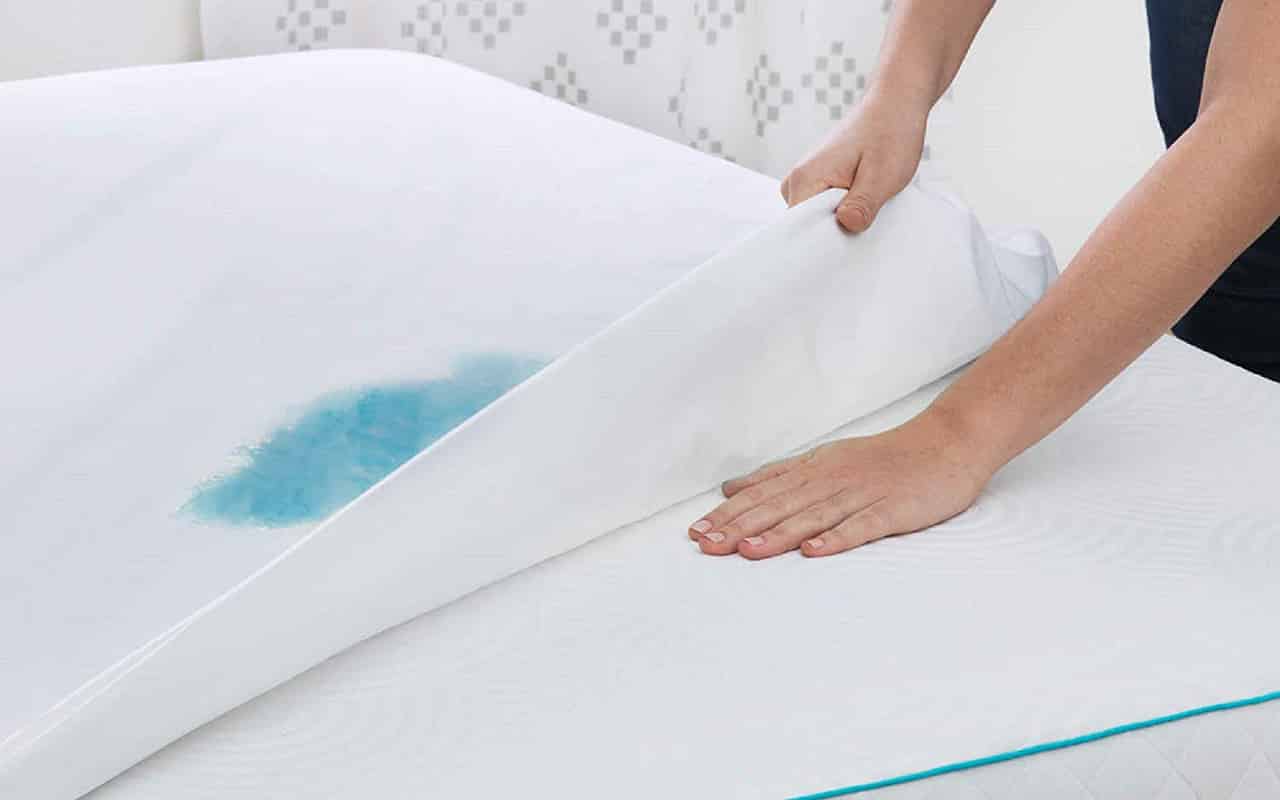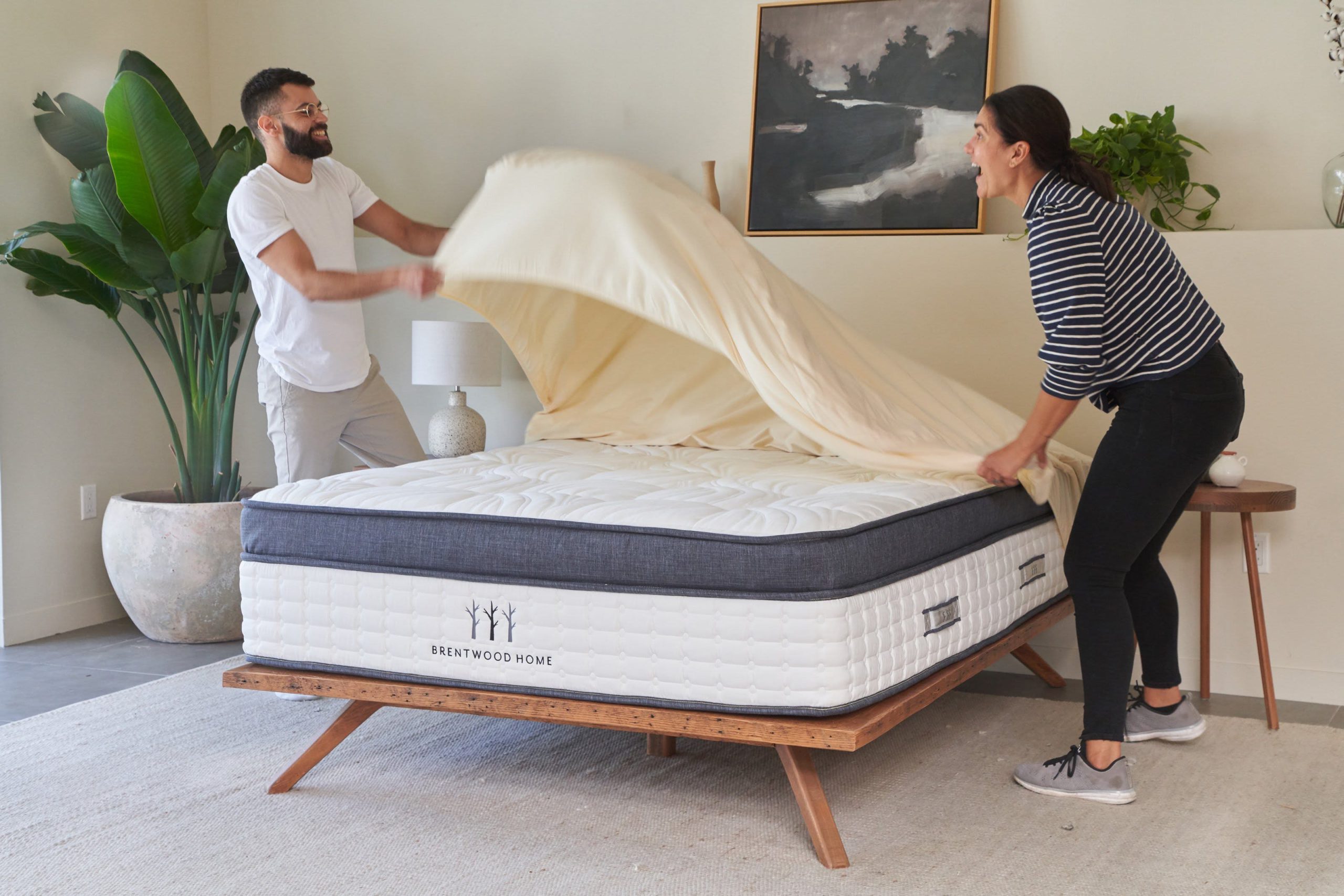A pressure relief mattress is designed to distribute weight evenly and reduce pressure points on the body. This type of mattress is especially important for patients who are bedridden or have limited mobility, as prolonged pressure on certain areas of the body can lead to skin breakdown and pressure ulcers. Pressure relief mattresses are usually made with materials such as memory foam, gel, or air pockets that conform to the shape of the body and provide support where it is needed most. These mattresses also often have multiple layers and zones to further alleviate pressure on sensitive areas like the hips, shoulders, and heels. For hospital beds, pressure relief mattresses are essential for promoting comfort and preventing skin issues. They can also help with pain management and improve overall sleep quality for patients.1. Pressure Relief Mattress
A medical air mattress, also known as an air fluidized bed, is a specialized type of pressure relief mattress that uses air pockets or bubbles to distribute weight and reduce pressure points. The air pockets can be adjusted to provide customized support and pressure relief for individual patients. These mattresses are often used for patients with severe skin conditions or injuries, as the air pockets allow for constant airflow and reduce the risk of pressure ulcers. They are also beneficial for patients who are at high risk of developing bedsores due to limited mobility. Medical air mattresses are typically more expensive than other types of mattresses, but their benefits for patient comfort and skin health make them a worthwhile investment for hospitals.2. Medical Air Mattress
Similar to medical air mattresses, alternating pressure mattresses also use air pockets to distribute weight and reduce pressure points. However, these mattresses have the added feature of alternating the air pressure in different areas of the mattress to continuously shift pressure and promote circulation. This type of mattress is particularly helpful for patients who have difficulty repositioning themselves or are at high risk of developing bedsores. The alternating pressure can also provide a massage-like effect, which can help with pain management and improve overall comfort for patients. Alternating pressure mattresses are available in both powered and non-powered versions. Powered mattresses use an electric pump to regulate the air pressure, while non-powered mattresses rely on the patient's movements to create pressure changes.3. Alternating Pressure Mattress
A low air loss mattress is another variation of an air mattress that is designed to reduce moisture and heat buildup on the skin. It works by continuously blowing air through the mattress to keep the skin cool and dry, which can help prevent skin breakdown and pressure ulcers. This type of mattress is especially beneficial for patients who are incontinent or have conditions that cause excessive sweating. It can also be used for patients who are at risk of developing pressure ulcers due to prolonged bed rest. Low air loss mattresses are available in both powered and non-powered versions, and they can also be combined with other pressure relief features, such as alternating pressure or gel overlays.4. Low Air Loss Mattress
A gel overlay mattress is a type of pressure relief mattress that uses gel-filled pockets or layers to provide support and reduce pressure on the body. The gel conforms to the shape of the body and helps distribute weight evenly, making it an effective option for preventing pressure ulcers. These mattresses are often used for patients with limited mobility or those who spend long periods in bed. They can also be combined with other types of mattresses, such as memory foam or innerspring, for added comfort and support. Gel overlay mattresses are also beneficial for patients with conditions that cause temperature sensitivity, as the gel can help regulate body heat and provide a cooler sleeping surface.5. Gel Overlay Mattress
Bariatric mattresses are designed specifically for patients who are overweight or obese. They are usually wider and thicker than standard mattresses and can support higher weight capacities. These mattresses are important for hospitals because they can accommodate a wider range of patients and provide proper support and pressure relief for those with higher body weights. They are also useful for patients who have difficulty moving or repositioning themselves, as the extra thickness can help with stability and prevent falls. Bariatric mattresses can come in various types, such as foam, air, or innerspring, and they may also have additional features like pressure relief or waterproofing.6. Bariatric Mattress
Memory foam mattresses are known for their ability to conform to the shape of the body, providing personalized support and pressure relief. This makes them a popular choice for hospital beds, as they can help alleviate pain and improve sleep quality for patients. Memory foam mattresses are made with a viscoelastic material that responds to body heat and pressure, molding to the body and evenly distributing weight. They are also known for their motion isolation, which can be beneficial for patients who are sharing a hospital room. While memory foam mattresses are not specifically designed for pressure relief, their ability to conform and support the body can still be beneficial for patients who are at risk of developing pressure ulcers.7. Memory Foam Mattress
Innerspring mattresses are the most common type of mattress and are made with a steel coil support system topped with layers of padding and fabric. While they may not have the same pressure-relieving features as other types of mattresses, they are still a popular choice for hospital beds. Innerspring mattresses are known for their durability and support, making them a cost-effective option for hospitals. They also come in a variety of firmness levels, so they can be customized to meet the needs of individual patients. For patients who do not require specialized pressure relief, an innerspring mattress can still provide a comfortable and supportive surface for recovery.8. Innerspring Mattress
For hospitals, waterproof mattresses are a must-have for maintaining a clean and sanitary environment. These mattresses have a waterproof covering that prevents liquids from seeping into the mattress and causing damage or breeding bacteria. Waterproof mattresses are available in various types, such as foam, innerspring, or air, and they can also have additional features like pressure relief or antimicrobial properties. They are especially important for patients who are incontinent or have conditions that cause excessive sweating. With a waterproof mattress, hospitals can ensure a hygienic and comfortable sleeping surface for their patients.9. Waterproof Mattress
Antimicrobial mattresses are designed to prevent the growth of bacteria, fungi, and other microorganisms that can cause infections and illness. They are typically made with materials that have antimicrobial properties, such as copper or silver, which can help reduce the spread of germs and promote a healthier environment. For hospitals, antimicrobial mattresses are crucial for preventing the spread of infections and maintaining a safe and clean environment for patients. These mattresses are also beneficial for patients with weakened immune systems, as they can help reduce the risk of hospital-acquired infections. Antimicrobial mattresses can come in various types, such as foam, innerspring, or air, and they may also have additional features like pressure relief or waterproofing.10. Antimicrobial Mattress
The Benefits of a Therapeutic Mattress for Hospital Beds

Improved Patient Comfort and Sleep
 When it comes to hospital beds, patient comfort and sleep are vital for their recovery. Traditional hospital mattresses are often uncomfortable, with limited support and pressure relief. This can cause patients to experience pain, discomfort, and difficulty sleeping, which can hinder their healing process.
A therapeutic mattress
is specifically designed to provide comfort and support for patients, helping them to get better sleep and rest. These mattresses are made with high-quality materials and advanced technology, such as memory foam, which conforms to the body's shape and provides optimal support. This not only increases patient comfort but also helps alleviate pressure points and reduce the risk of bedsores.
When it comes to hospital beds, patient comfort and sleep are vital for their recovery. Traditional hospital mattresses are often uncomfortable, with limited support and pressure relief. This can cause patients to experience pain, discomfort, and difficulty sleeping, which can hinder their healing process.
A therapeutic mattress
is specifically designed to provide comfort and support for patients, helping them to get better sleep and rest. These mattresses are made with high-quality materials and advanced technology, such as memory foam, which conforms to the body's shape and provides optimal support. This not only increases patient comfort but also helps alleviate pressure points and reduce the risk of bedsores.
Prevention of Injuries and Falls
 Patients in hospital beds are often at a higher risk of falls and injuries due to their weakened state.
A therapeutic mattress
can help prevent these accidents by providing a stable and supportive surface for patients to move around on. The advanced materials used in these mattresses also help with weight distribution, making it easier for caregivers to assist patients with movement. Additionally, some therapeutic mattresses come with features such as raised edges, which act as a barrier to prevent patients from rolling off the bed.
Patients in hospital beds are often at a higher risk of falls and injuries due to their weakened state.
A therapeutic mattress
can help prevent these accidents by providing a stable and supportive surface for patients to move around on. The advanced materials used in these mattresses also help with weight distribution, making it easier for caregivers to assist patients with movement. Additionally, some therapeutic mattresses come with features such as raised edges, which act as a barrier to prevent patients from rolling off the bed.
Reduction of Infections
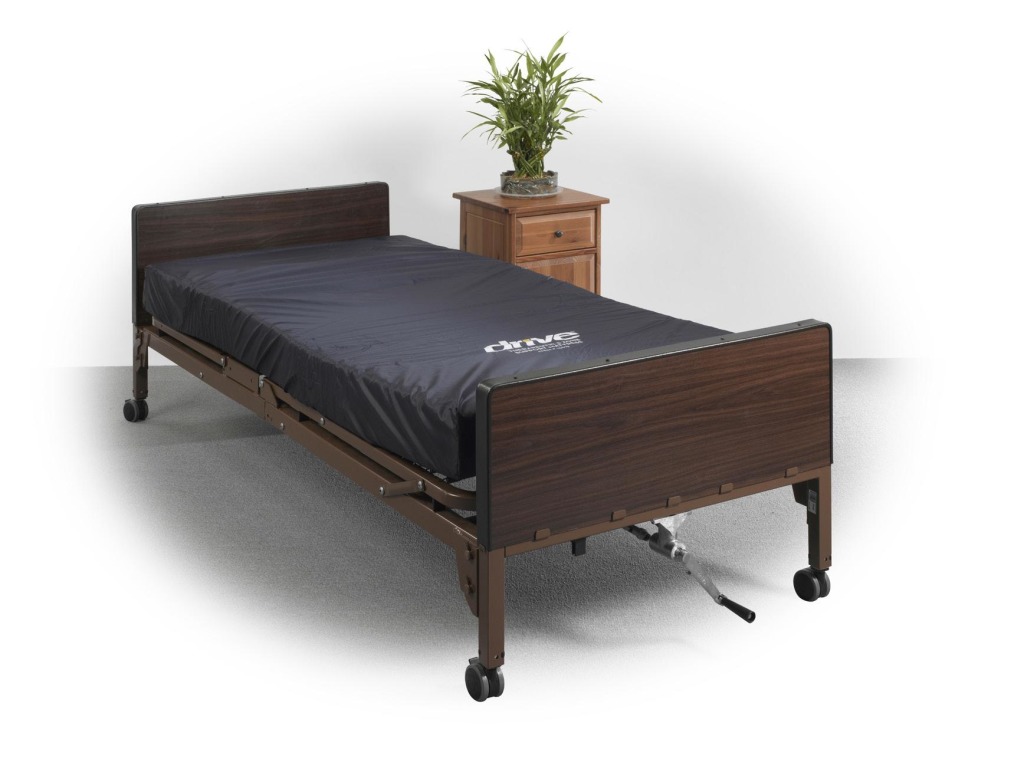 Hospital-acquired infections are a significant concern in healthcare settings. Traditional hospital mattresses can be a breeding ground for bacteria and germs, putting patients at risk of developing infections.
A therapeutic mattress
is designed to combat this issue with features such as waterproof and antimicrobial materials. These mattresses are easy to clean and disinfect, reducing the risk of cross-contamination and promoting a healthier environment for patients.
Hospital-acquired infections are a significant concern in healthcare settings. Traditional hospital mattresses can be a breeding ground for bacteria and germs, putting patients at risk of developing infections.
A therapeutic mattress
is designed to combat this issue with features such as waterproof and antimicrobial materials. These mattresses are easy to clean and disinfect, reducing the risk of cross-contamination and promoting a healthier environment for patients.
Customization for Individual Needs
 Every patient has different needs and preferences when it comes to their sleeping surface.
A therapeutic mattress
offers the flexibility to customize the firmness, support, and features based on each patient's specific needs. This can include adjustable firmness settings, temperature control, and even built-in massage features for added comfort and relaxation. By catering to individual needs,
a therapeutic mattress
can improve the overall patient experience and promote better healing.
In conclusion,
a therapeutic mattress
is a crucial component of a hospital bed, providing numerous benefits for patients and caregivers. From improving patient comfort and sleep to preventing injuries and reducing infections, these mattresses play a crucial role in the healing process. With advancements in technology and customization options,
a therapeutic mattress
is an essential investment for any hospital looking to provide the best care for their patients.
Every patient has different needs and preferences when it comes to their sleeping surface.
A therapeutic mattress
offers the flexibility to customize the firmness, support, and features based on each patient's specific needs. This can include adjustable firmness settings, temperature control, and even built-in massage features for added comfort and relaxation. By catering to individual needs,
a therapeutic mattress
can improve the overall patient experience and promote better healing.
In conclusion,
a therapeutic mattress
is a crucial component of a hospital bed, providing numerous benefits for patients and caregivers. From improving patient comfort and sleep to preventing injuries and reducing infections, these mattresses play a crucial role in the healing process. With advancements in technology and customization options,
a therapeutic mattress
is an essential investment for any hospital looking to provide the best care for their patients.


.jpg?v=1677141163396)







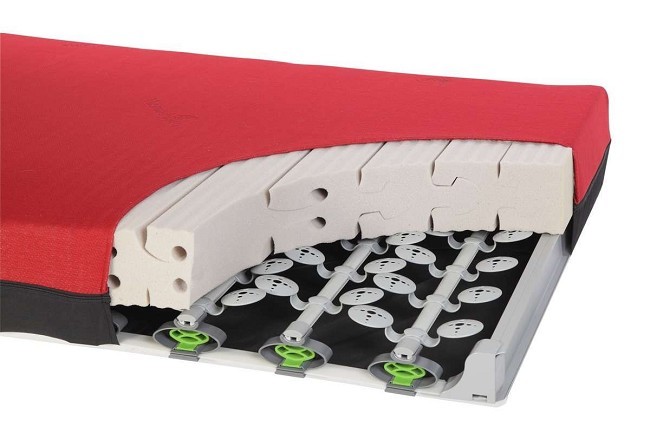


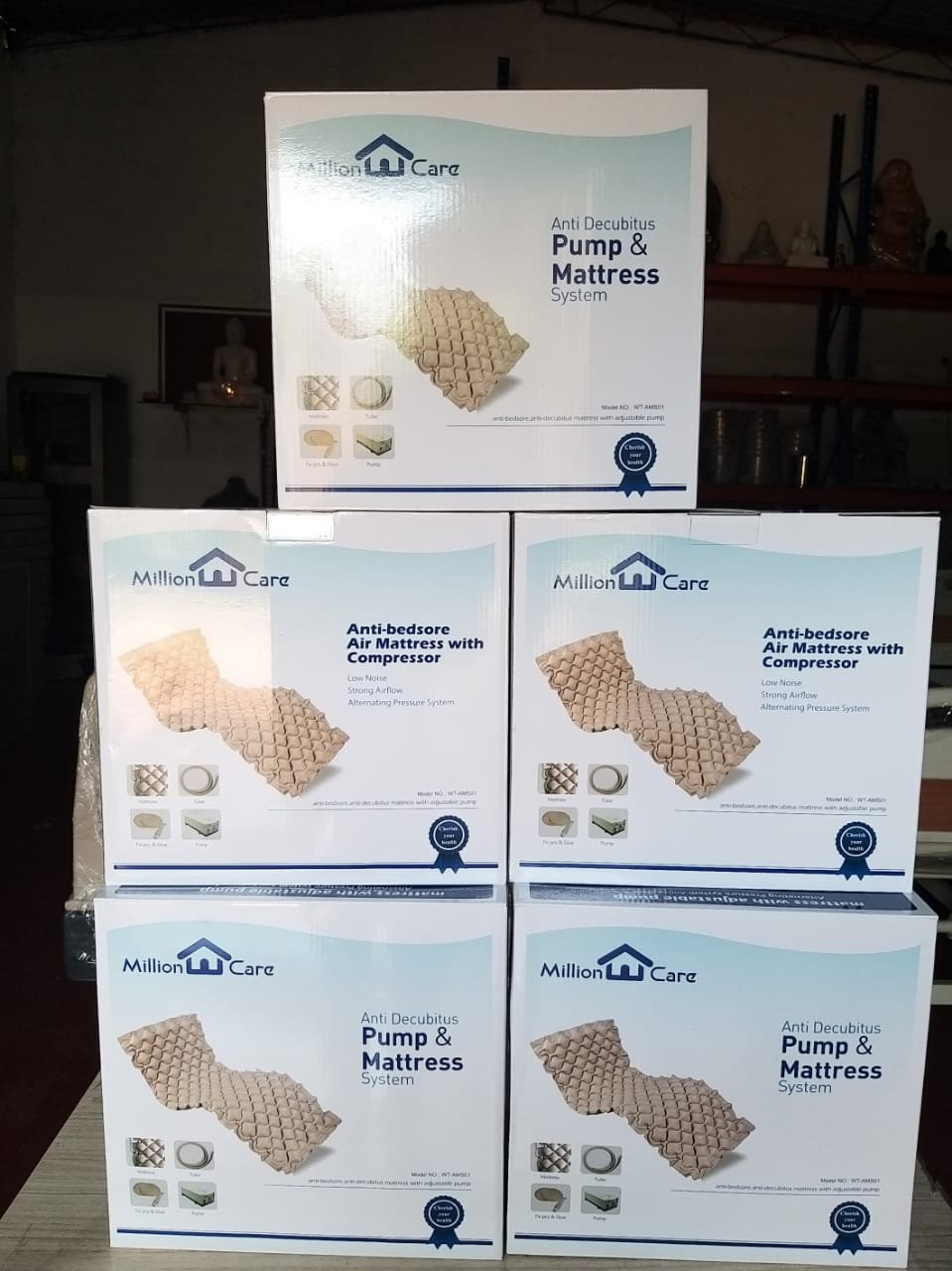






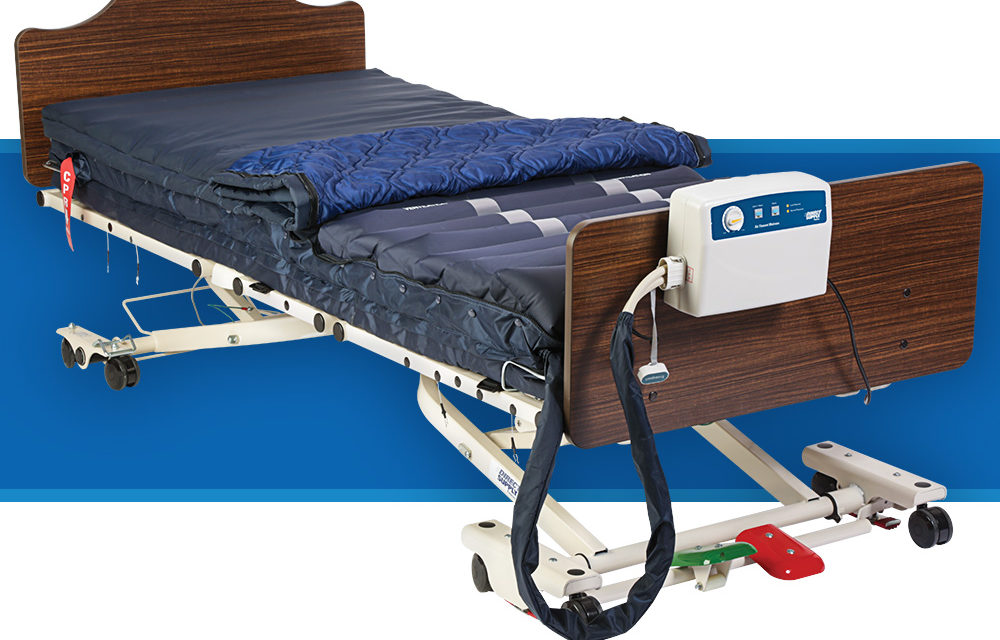







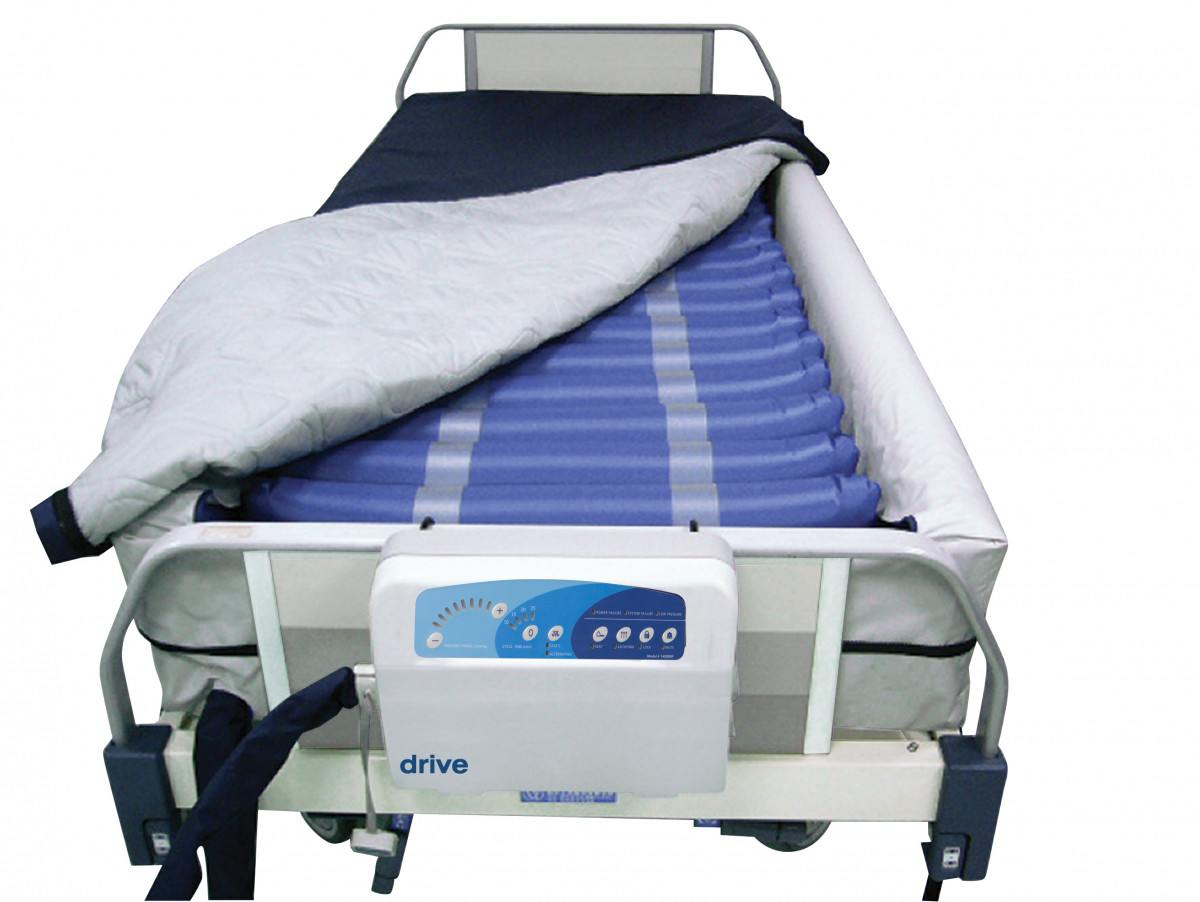


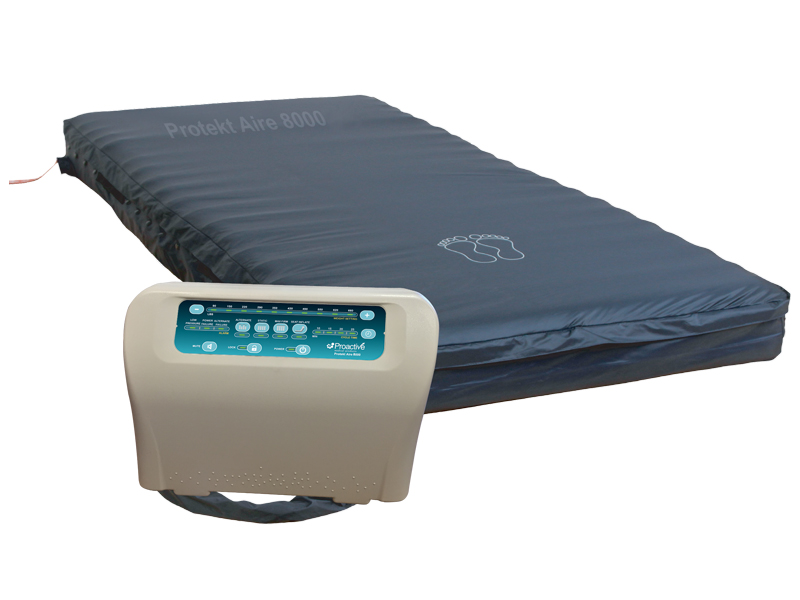





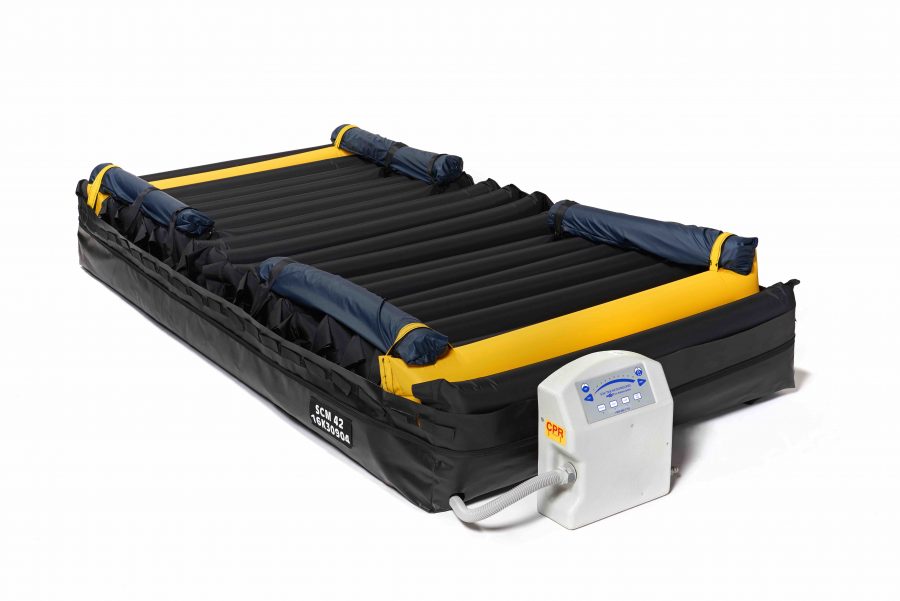





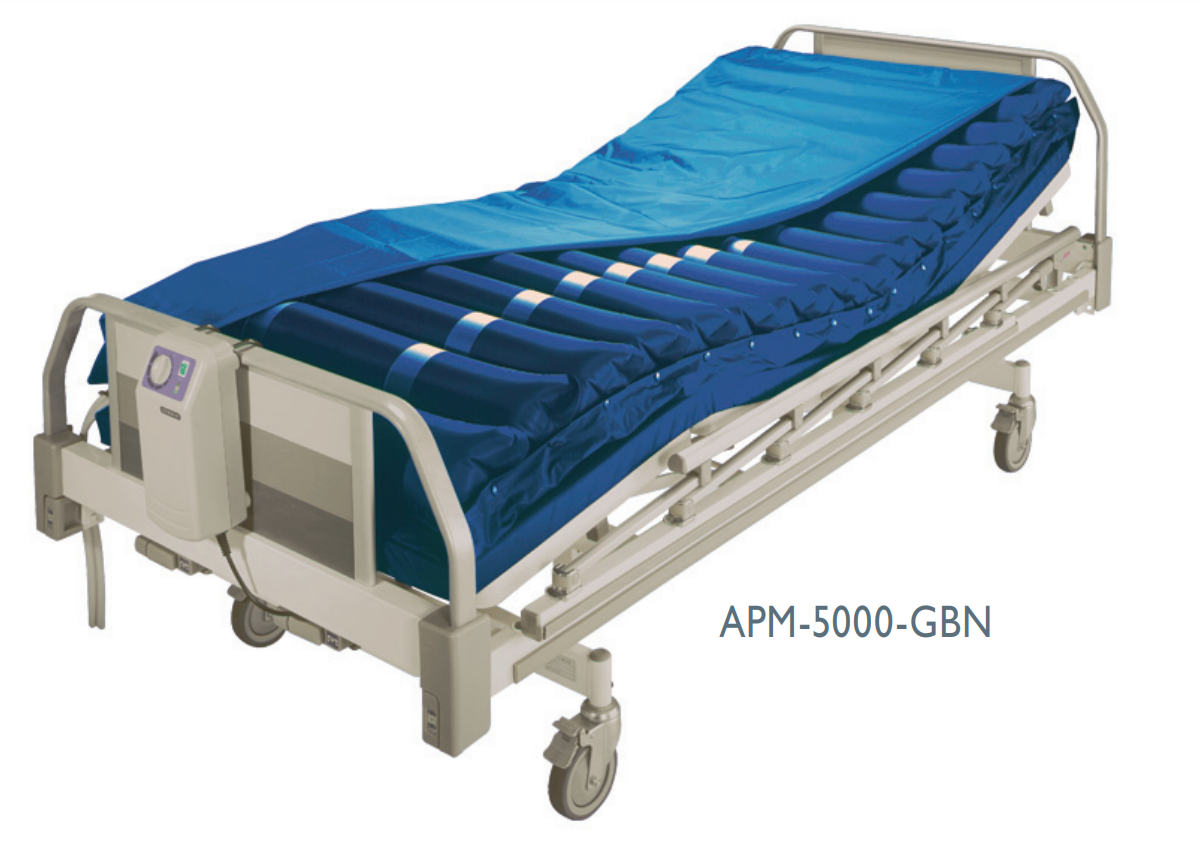








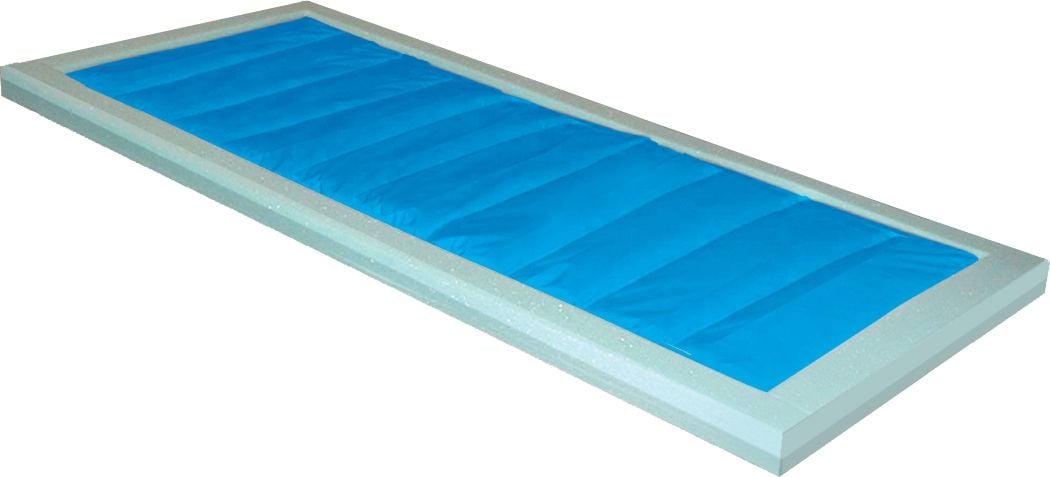
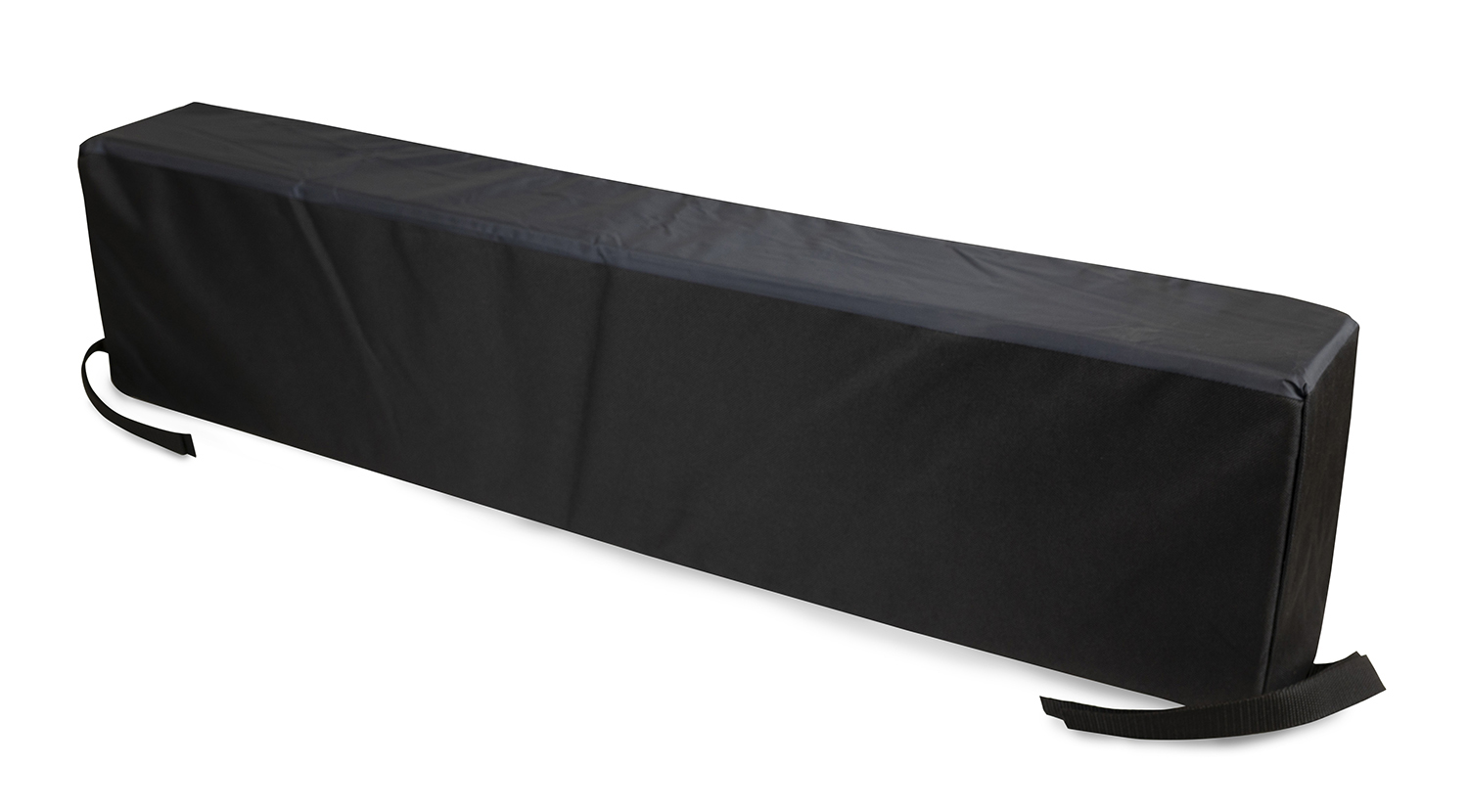
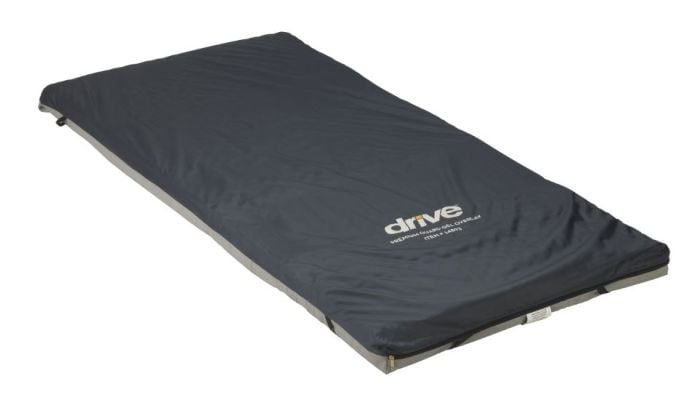



















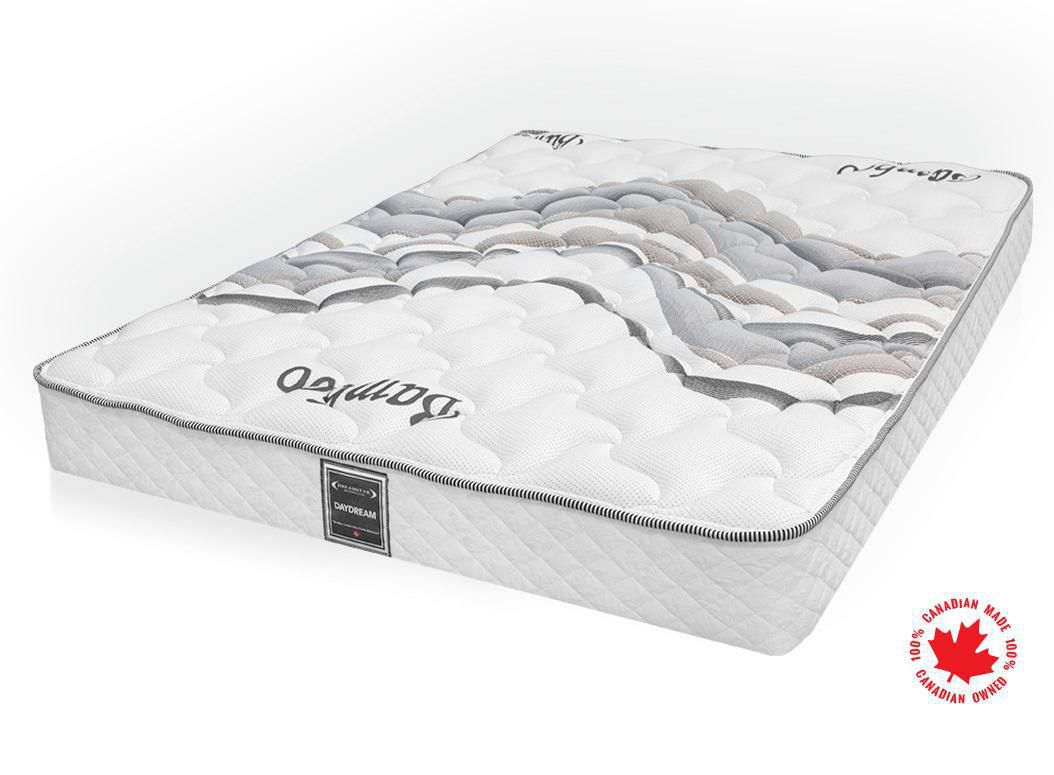
/mattresspadfromamazon-73b0b6c95c20417e85756c75806cc5c9.jpg)


